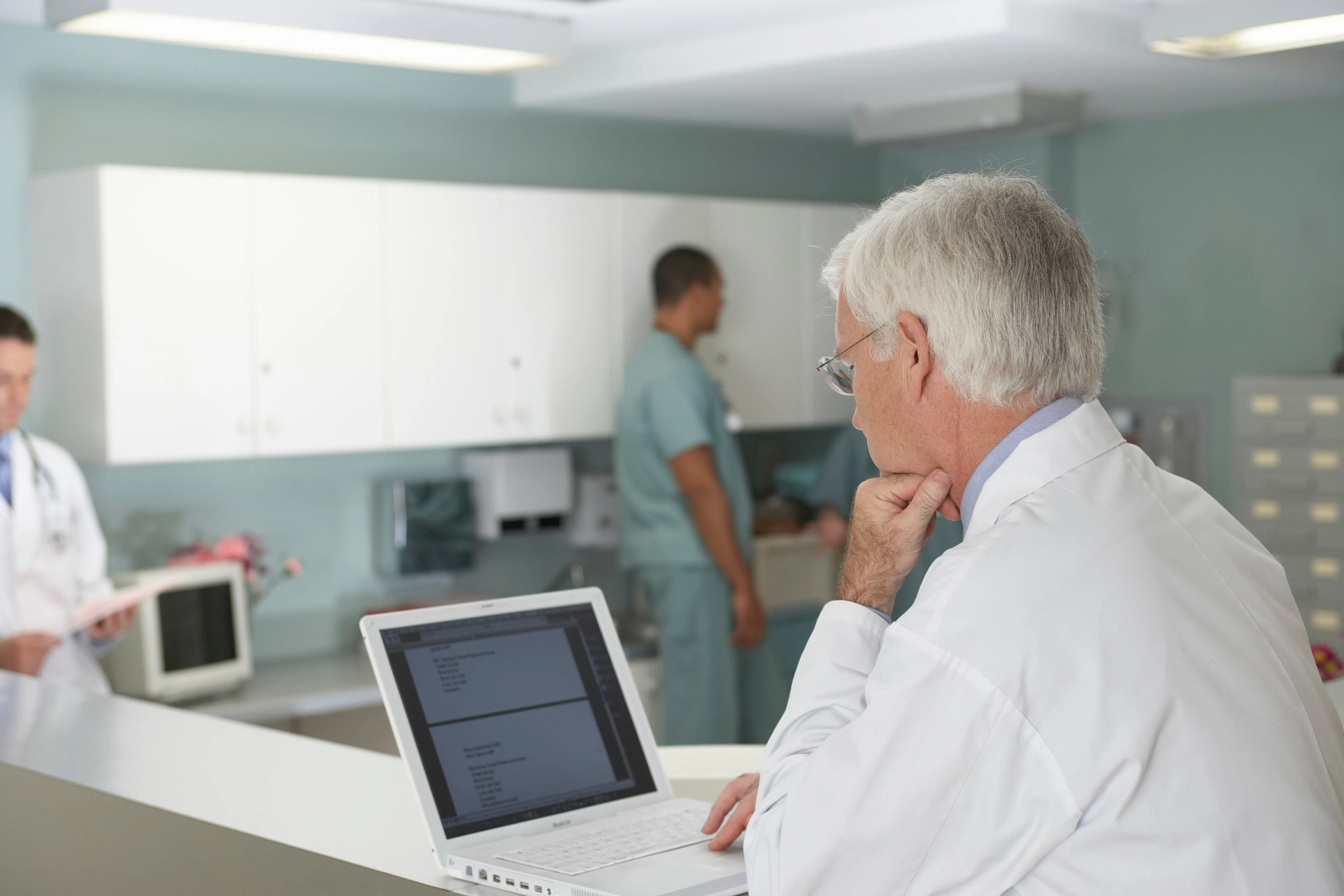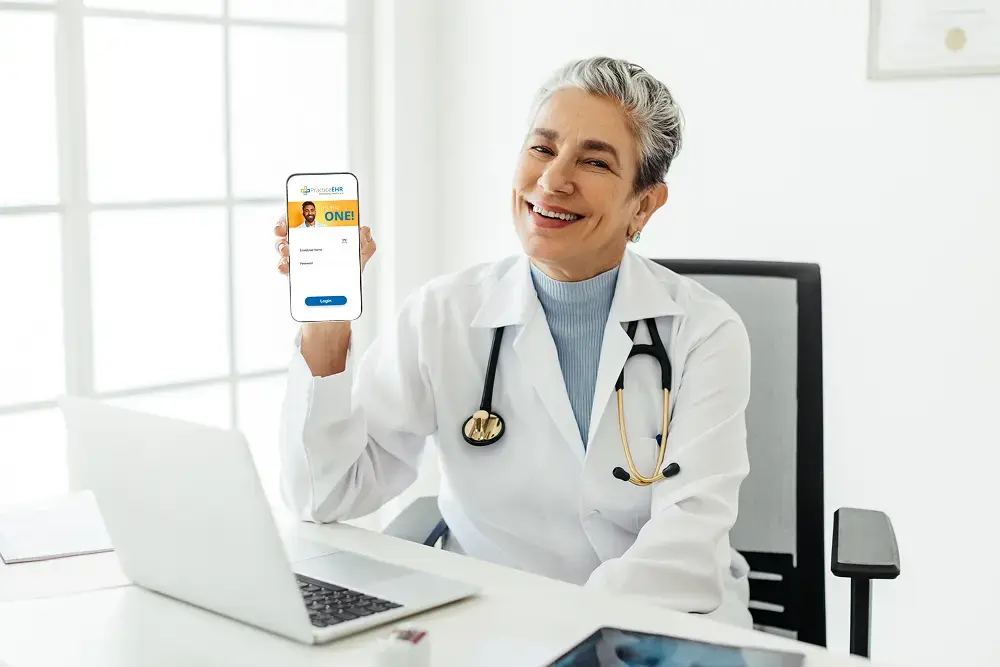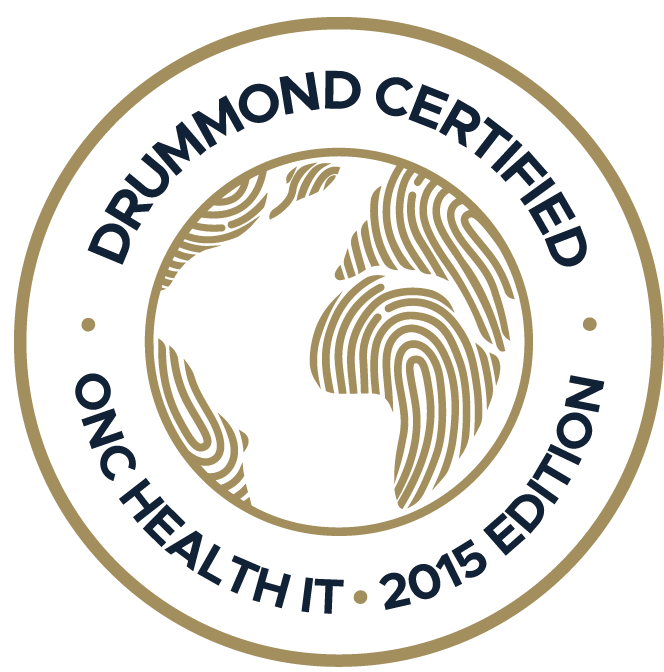From cameras to alarm clocks and phone books, everything you need is now on your smartphone. That’s because convenience is all that matters in the modern world. So why should managing your practice be any different?...

According to a report on doctors and their EHRs recently released by Software Advice, 89 percent of doctors said that integration is an important feature in their decision-making process when choosing a system. While integrated EHRs are now widely adopted, not all integrated solutions have the same capabilities.
There are a number of benefits tied to a solution that integrates EHR and billing, especially when payment is processed directly with a dedicated clearing house. Here, we’ll explain four key benefits of using a system that integrates EHR and billing within your small practice.
1. Efficiency
When doctors can combine their EHR and billing into one comprehensive process, they save time because data no longer has to be inputted manually and repeatedly. This closed-loop process boosts productivity and minimizes the risk of error during data transfers.
An integrated EHR eliminates the need for multiple data entries, shifting the primary concern of your administrative and clinical staff to that of providing patient care rather than performing manual tasks. Thanks to automated processes, tasks like medical billing and patient data storage can be performed side by side. That way, an all-in-one EHR system relieves the staff pressure and improves precision.
As the world of medicine embraces technology, it becomes really necessary for providers also to have an all-in-one EHR system, like Practice EHR, that is integrated with their billing system. By doing so, the integration of daily tasks will work to benefit the practice and facilitate the growth in the number of patients.
2. Comprehensiveness
Being able to perform a number of activities from one central location enables your workflow to be comprehensive. Instead of relying on two separate EHR and billing systems, you can take the most cost-effective route. Get your hands on one complete package–PracticeEHR–that helps you fulfill all of your practice’s needs from a single point.
What’s more, Practice EHR makes sure that every single development in the patient's journey is tracked, from appointment scheduling to follow-up. This unified platform improves clinical outcomes while simplifying financial workflows at the very same time. That way, you get a 360-degree overview of your practice operations.
Using an integrated EHR and billing system lets your practice not only see clinical data but also financial data in one single place. This system encourages interdepartmental cooperation as billing, scheduling, and patient records are centralized. You can see a patient’s medical history, insurance details, and the amount due on the patient’s part all on one screen.
3. Transparency
Integrating your EHR and billing also helps enable a transparent process. Accounts receivable tracks the claims being submitted and paid, and the integrated software allows you to submit cleaner claims and more easily schedule appointments. Your patients will appreciate a workflow that allows them to pay any outstanding charges on-demand, and this will help you build faithful relationships with your patients.
Trust is an important part of the relationship between your practice and your patients, which is why it is very important to make sure that billing is done transparently. The adoption of an integrated solution allows you to provide your patients with access to their financial information whenever they need it. This means that they can have immediate access to their balances, copays, and any amounts owed by them at any particular time.
This clarity prevents any misunderstandings and fosters trust and confidence among the stakeholders involved. The result is minimal, if any, billing complications and a more satisfactory overall experience with the practice, where financial information is on par with medical information in terms of patient access.
4. Interoperability
When a system integrates EHR and billing, it is interoperable, meaning it aggregates information across the full spectrum of providers, and information is shared with everyone who needs to know it, yet kept secure — another way to build trust. An interoperable system has the ability to interpret actionable information and effectively inform caregivers, saving time and money and improving the patient experience.
Interoperability is one of the most crucial aspects of healthcare that drives assisted technologies; it welcomes the effective exchange of information across different systems without compromising safety. If you have an integrated EHR solution, your practice will interact more easily with other healthcare providers, as well as with insurance firms.
Moreover, interoperability allows the right piece of information to be accessed when needed, be it during the claims process, acquiring laboratory test results, or even modifying the information in the patient’s file while maintaining privacy.
Practice EHR - A Straightforward EHR and Billing Integration!
With Practice EHR, integrating your EHR and billing systems is a no-brainer as you get an all-in-one package. You can have operational efficiency, transparency, and interconnectivity without compromising the financial well-being of the practice. Reduce your staff’s work input and improve the patients' experience through the simple-to-use integrated EHR solution.
If you are looking for an EHR solution that will help you save time and money, improve efficiency, boost patient relationships, and simplify your workflow, request a free demo with Practice EHR. See how comprehensive an integrated system truly is!
Topics: Integrated EHR, Patient Care, New Technology, digital age, Practice EHR News, Practice Automation, The ONE, Switching to New EHR, Integrated Practice Management, Patient Portal
RECENT POSTS



TOPICS
- EHR Solution (147)
- EHR (84)
- Patient Care (77)
- digital age (77)
- Medical Billing (72)
- Specialty-Specific EHR (70)
- Integrated EHR (59)
- Small Practice (56)
- Technology in Healthcare (55)
- Industry Update (50)
- New Technology (47)
- Medical billing services (45)
- RCM (43)
- EHR Features (42)
- Cloud-based EHR (39)
- Practice EHR News (39)
- Healthcare Office Management (37)
- Kiosk (28)
- ePrescribing (21)
- HIPAA Security (20)
- Telemedicine (14)
- EMR (12)
- Revenue Cycle Management (12)
- Practice Management Software (11)
- Client Favorites (10)
- Practice Automation (10)
- The ONE (10)
- Urgent Care (8)
- MACRA/MIPS (7)
- Patient Portal (7)
- Switching to New EHR (6)
- events (6)
- E-Prescribing (5)
- Product Updates (5)
- TeleVisit (5)
- AI Solutions (4)
- Insider (4)
- Internal Medicine EHR (4)
- MIPS (4)
- Podiatry (4)
- Podiatry EHR (4)
- AI Scribing (3)
- HIPAA (3)
- MIPS Reporting (3)
- Regulatory Updates (3)
- AI scanning (2)
- Billing for Private Practices (2)
- Clearinghouse (2)
- Dermatology EHR (2)
- EHR Scheduling (2)
- Foot and Ankle Care (2)
- Foot and Ankle EHR (2)
- Health records 101 (2)
- Integrated Practice Management (2)
- Medical Credentialing (2)
- Medical Practice Management Software (2)
- Orthopedics EHR (2)
- Patient Check-in Kiosk (2)
- Psychiatry EHR (2)
- Quality of Patient Care (2)
- Reporting Under MIPS (2)
- Risk and Liability in Medical Settings (2)
- Telehealth Platform (2)
- Telehealth Platforms (2)
- What Works Clearinghouse (2)
- AI-powered Medical Billing (1)
- Bariatric EHR (1)
- Behavioral Health Practices (1)
- Billing Communication (1)
- Cardiology EHR (1)
- Cash Flow (1)
- Chiropractic EHR (1)
- Data Security (1)
- Dos and Don'ts (1)
- EHR Guides (1)
- EHR KPIs (1)
- EHR Questions to Ask (1)
- EHR for Chiropractors (1)
- EHR for Chronic Illness (1)
- EMR vs EHR Difference (1)
- ENT EHR (1)
- Eligibility Verification in Medical Billing (1)
- Endocrinology EHR (1)
- Family Medicine (1)
- Family Medicine EHR (1)
- Gastroenterology (1)
- Gastroenterology EHR (1)
- General Surgery EHR (1)
- Geriatrics EHR (1)
- Guides (1)
- Healthcare Compliance Certification (1)
- Healthcare Practice Office Management (1)
- Help Center Videos (1)
- Insurance Reimbursement (1)
- KPI (1)
- Key Performance Indicators (1)
- Lab Processing (1)
- MACRA (1)
- Medical Billing Partner (1)
- Medical Coding Services (1)
- Mobile EHR (1)
- Nephrology EHR (1)
- Neurology EHR (1)
- Pain Management EHR (1)
- Pediatrics EHR (1)
- Physical Therapy EHR (1)
- Practice Cash Flow (1)
- PracticeEHR GO App (1)
- Pulmonology EHR (1)
- Simplify Practice Management (1)
- Staffing in Healthcare (1)
- Switch Medical Billing Providers (1)
- Urgent Care Medical Billing (1)
- Urology EHR (1)
- insurance claim denials (1)








